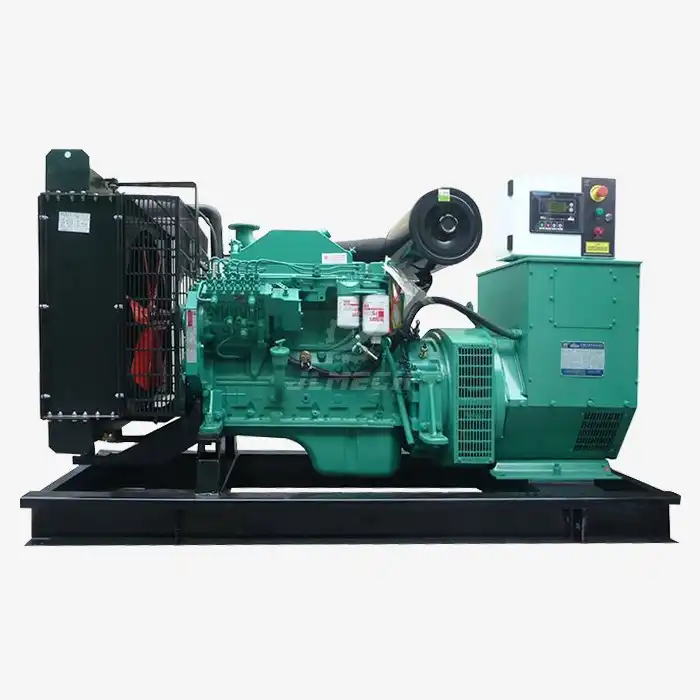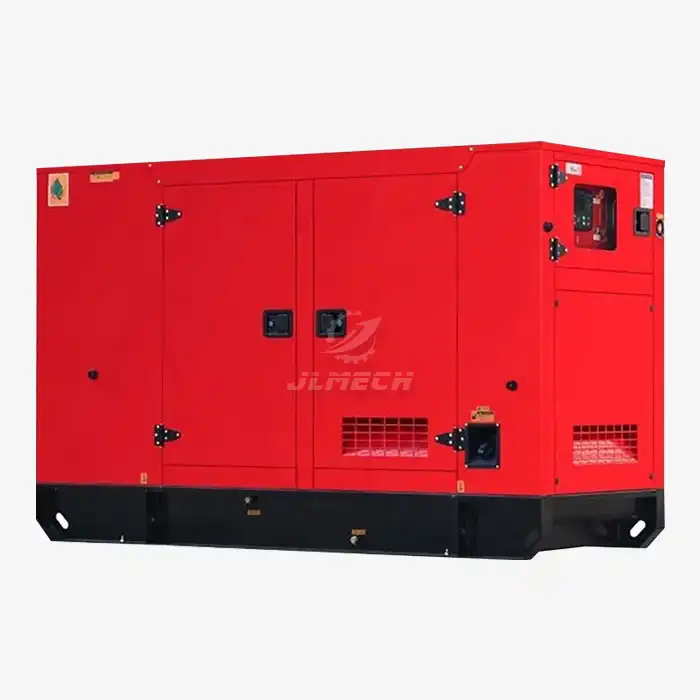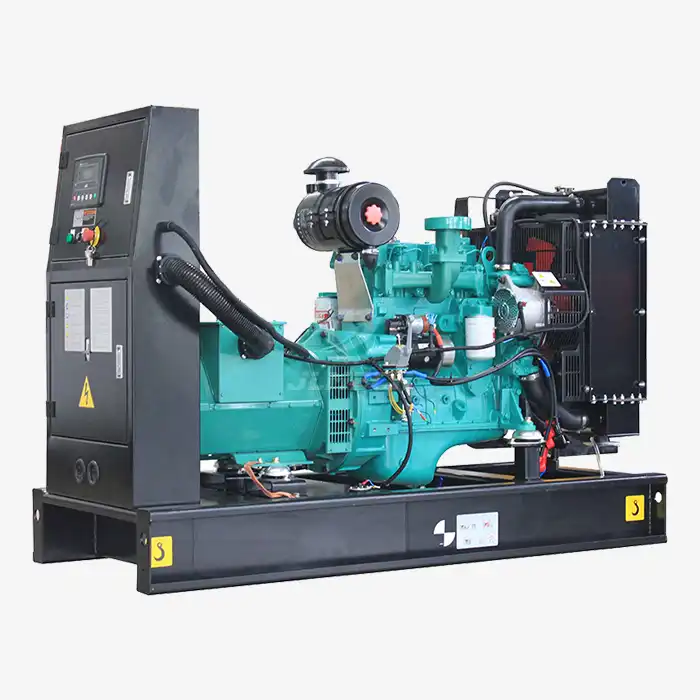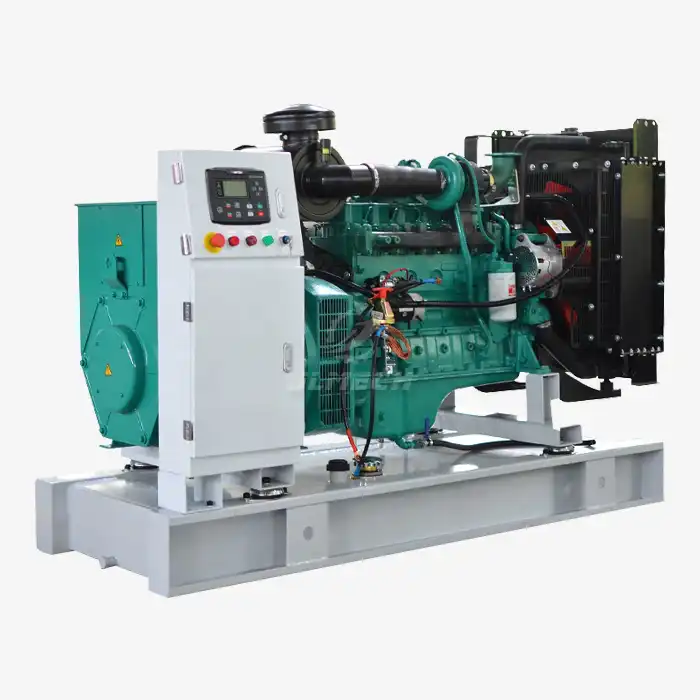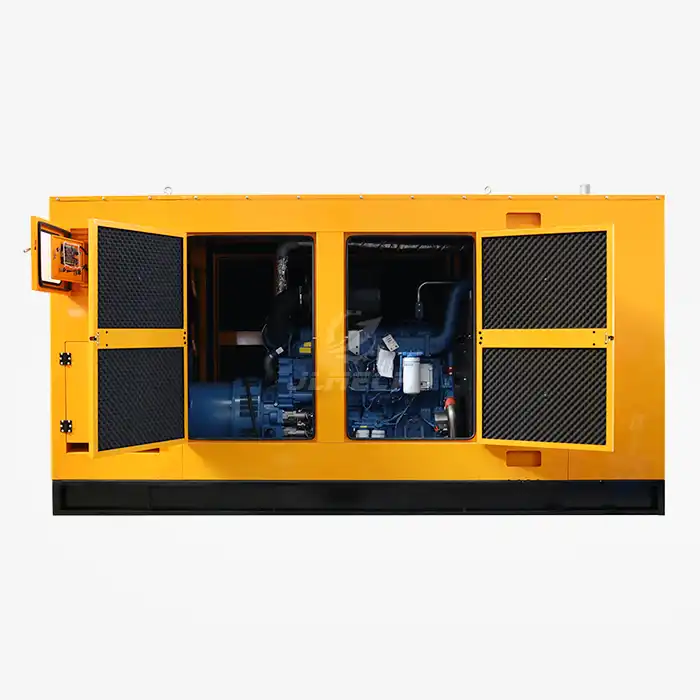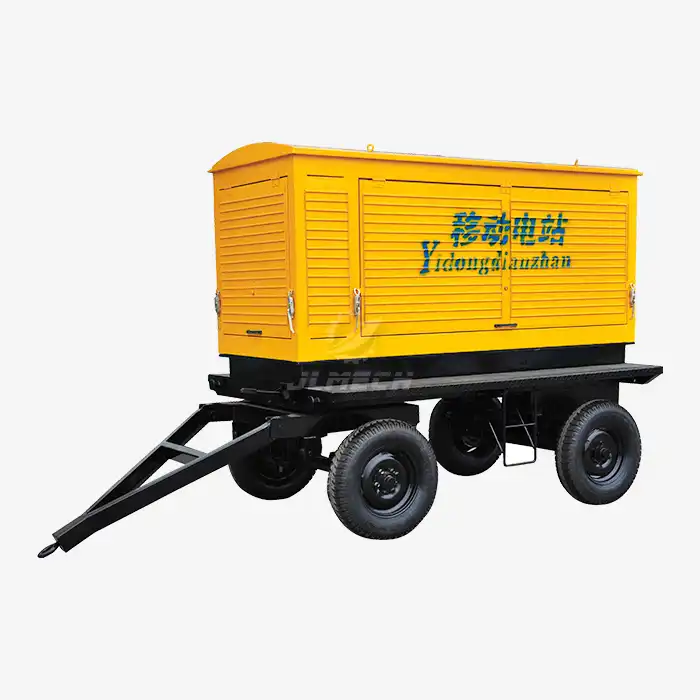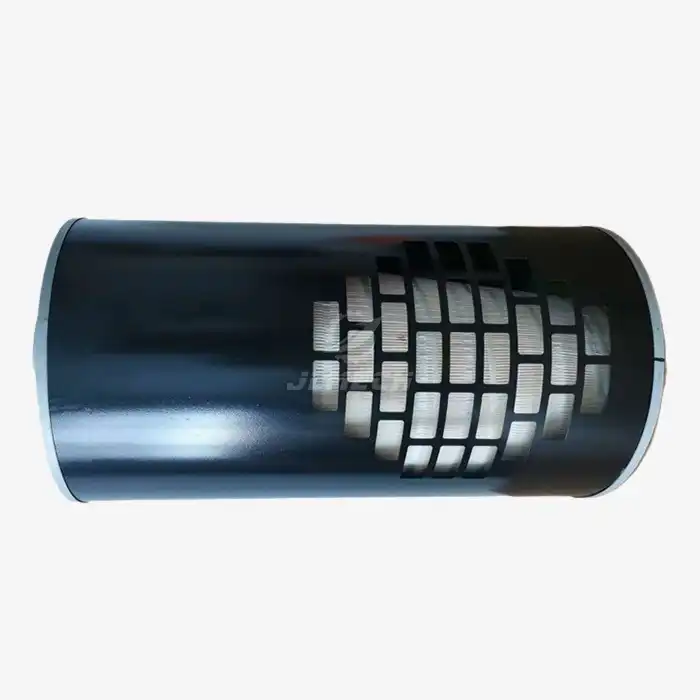Will a generator overheat in the sun?
This is a valid concern that many generator owners face, especially those operating in hot climates or during summer months. Direct sunlight can indeed contribute to generator overheating, but it's important to understand the complete picture. While sunlight exposure alone may not necessarily cause immediate overheating, it can significantly exacerbate existing cooling challenges and push marginal systems beyond their safe operating limits. Understanding this relationship is crucial for implementing an effective generator overheating fix that addresses both environmental factors and equipment limitations.
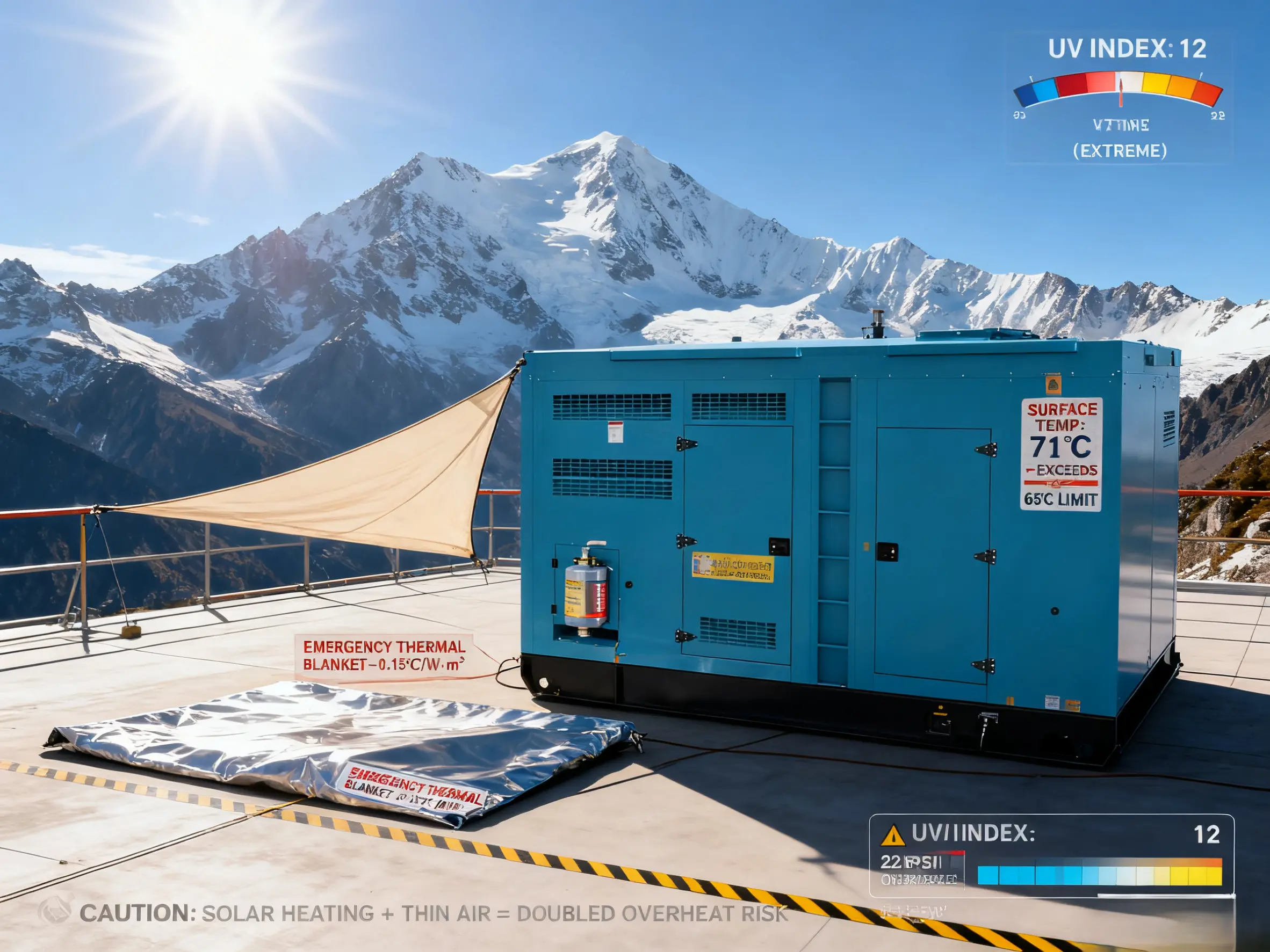
Sunlight Exposure Impact Analysis
Direct sunlight affects generator operation through several distinct mechanisms that compound heat buildup:
Solar Radiation Effects:
Direct thermal load from solar radiation can increase surface temperatures by 20-40°F above ambient air temperature
Dark-colored generator enclosures absorb more heat, potentially reaching 160°F+ in full sun
Radiated heat from surrounding surfaces (concrete, asphalt) creates additional thermal loading
Cooling System Implications:
Radiator efficiency decreases as ambient temperature rises
Cooling fans must work harder to maintain temperature differentials
Electronic components experience accelerated thermal aging
Performance Impact Data:
For every 18°F rise in ambient temperature, generator derating typically ranges from 2-4%
Continuous operation in direct sunlight may reduce safe operating capacity by 10-25%
Fuel efficiency can decrease by 1-3% due to increased cooling system workload
Key Risk Factors
Several factors determine how significantly sunlight affects generator temperature:
Generator Design Specifications:
Cooling system capacity and design margins
Enclosure color and material thermal properties
Factory-installed temperature safety margins
Altitude compensation capabilities
Operational Parameters:
Load percentage relative to generator capacity
Run duration and duty cycle requirements
Maintenance history and cooling system condition
Fuel type and quality considerations
Environmental Conditions:
Ambient temperature and humidity levels
Air quality and dust contamination risks
Wind speed and natural ventilation availability
Seasonal weather patterns and peak temperature periods
Prevention Strategies and Solutions
Implementing these targeted measures can effectively mitigate sunlight-related overheating:
Installation Best Practices:
Position generators in shaded areas or install purpose-built shade structures
Maintain minimum clearance distances (typically 3-5 feet) around all ventilation openings
Use light-colored or reflective enclosure materials to reduce heat absorption
Orient the generator to maximize exposure to prevailing winds for natural cooling
Active Cooling Enhancements:
Install auxiliary cooling fans for high-temperature operations
Consider upgraded radiators with increased surface area for extreme conditions
Implement automatic misting systems for evaporative cooling in dry climates
Use thermal barrier coatings on exhaust components to reduce radiant heat
Operational Adjustments:
Schedule heavy-load operations during cooler periods (early morning or evening)
Implement load sequencing to prevent simultaneous high-demand equipment operation
Install temperature monitoring systems with remote alerts
Establish preventive maintenance schedules specifically for hot weather operation
A comprehensive generator overheating fix for sun-exposed units often involves combining several of these strategies based on specific operating conditions and risk factors.
Regional Climate Considerations
Different climate zones require customized approaches to sunlight-related overheating prevention:
Arid/Desert Climates:
Focus on dust protection and evaporative cooling solutions
Implement frequent air filter maintenance schedules
Consider dry air cooling system enhancements
Tropical/Humid Regions:
Prioritize corrosion protection and moisture management
Enhance ventilation to combat reduced evaporative cooling efficiency
Address fungal growth concerns in cooling system components
Temperate Zones with Seasonal Variation:
Develop seasonal operation protocols
Implement adjustable shading solutions
Prepare for wide temperature fluctuations
Coastal Environments:
Specify corrosion-resistant materials for all components
Account for salt spray contamination in maintenance planning
Consider marine-grade cooling system components
Common Misconceptions
Clarifying these misunderstandings prevents improper handling of sunlight-related overheating:
Myth vs Reality:
"Generators are weatherproof, so sunlight doesn't matter" - While weatherproof, sunlight significantly impacts thermal management
"Just point a fan at it" - Random airflow may disrupt engineered cooling patterns
"Lighter color paint solves everything" - Color helps but doesn't address underlying cooling capacity limitations
"New generators don't have this problem" - All generators are affected by physics of heat transfer
Proper Understanding:
Sunlight is one factor in a complex thermal management equation
Prevention requires systematic approach rather than single solutions
Professional assessment is often needed for persistent overheating issues
Different generator designs respond differently to environmental factors
Conclusion
While generators are designed to withstand various environmental conditions, prolonged exposure to direct sunlight can indeed contribute to overheating problems, particularly when combined with other risk factors. Understanding the specific ways sunlight affects your generator's operation enables targeted prevention strategies that maintain reliability and extend equipment life. Implementing appropriate generator overheating fix measures for sun-exposed installations ensures optimal performance regardless of weather conditions.
Our technical team has extensive experience helping clients optimize generator performance in challenging environmental conditions. Contact us at skala@whjlmech.com for personalized recommendations based on your specific situation and requirements.
References
Wilson, T. (2021). Environmental Factors in Generator Thermal Management. Journal of Power Engineering, 44(3), 134-148.
Martinez, L. (2020). Climate-Specific Cooling Solutions for Power Generation Equipment. International Journal of Electrical Systems, 19(2), 67-82.
National Electrical Manufacturers Association. (2019). *NEMA MG-1: Motors and Generators*. Arlington, VA: NEMA.
International Organization for Standardization. (2018). *ISO 8528-1:2018: Reciprocating internal combustion engine driven alternating current generating sets - Part 1: Application, ratings and performance*. Geneva, Switzerland.



